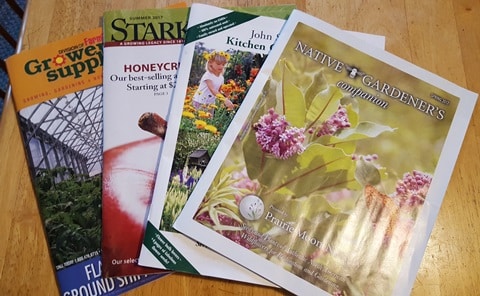Fall is definitely my favorite time of the year. I love the changing leaves, the crisp air, the berries that light up the landscape and the culmination of it all comes around Halloween when there are witches in the woods! I am talking about witch hazel of course. Witch hazel blooms in late September through early November. Its bright yellow blossoms appear just as the leaves are falling from the shrubs but they hang on to the bare branches until early November providing us with flowers and color into the late fall. The flowers are composed of strap-like petals that seem to shoot out in various directions. I often refer to the flower structure as “bad hair days” because of the random arrangement of the petals.
In early colonial time the branches of witch hazel branches were used as divining rods for dousing. The name “witch” is derived from the Anglo-saxon word wych, meaning bend. The divining rod was supposed to bend downward when it detected water. Witch hazel is not in the hazel group and does not produce hazel nuts. The leaves and bark of our native witch hazel also produce an astringent that is used medicinally. It has been used externally on sores, bruises and swelling. Witch hazel has been used in skin care on oily skin or as an aftershave.
Dickinson’s witch hazel, or T.N. Dickinson’s witch hazel has been manufactured since the late 1800’s. The company still exists under a similar name (Dickinson’s Brands) and is located in Connecticut. Witch hazel (the astringent) is made from the stems and bark of the plant that are harvested in late autumn after the leaves fall. The harvest method takes place when the ground is mostly frozen so there is minimal impact to the forest.
On a nice bright fall day, go out for a walk and observe the pretty yellow mist of flowers on the witch hazel – they are not the frightening witches of Halloween, but our beautiful witch hazel shrub.



